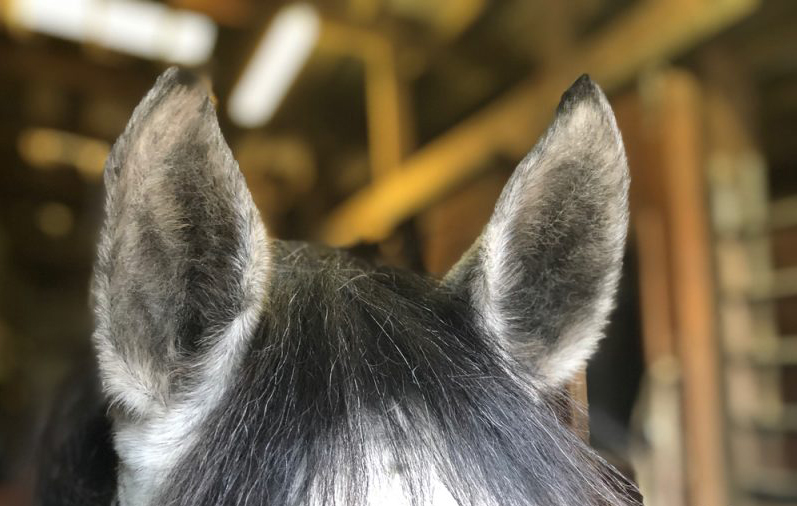How to Tell if Your Horse is Comfortable
One of the great benefits of Celliant® is that it helps increase comfort. While as humans we understand what it feels like to be comfortable, measuring comfort in an animal that can’t communicate with words can be a little more tricky. Here are a few ways you can tell if your horse is comfortable or not.
Look at his stall. Bedding that has deep ruts, hay that is mixed in, or other signs of disarray could indicate that your horse is uncomfortable. On the other hand, a stall that’s minimally disrupted and seems generally in order may indicate that your horse isn’t stressed and it feeling well. Make sure you check that your horse has a normal amount and regular looking poop as that can also be an indicator as to how stressed or comfortable your horse may be feeling.
Check his posture. A horse that’s relaxed and comfortable often has a lowered head. He may cock a hind leg. This is often a horse’s way of saying “I’m relaxed and plan on hanging out here for awhile”. on the other hand, a horse that is stressed on in pain may be high headed, tense, and unable to stand still.
The face says it all. A droopy or loose lip, neutral ears, and soft eyes can often show when a horse is comfortable. Did you know horses can smile? While it may not look like a human smile, horses do use a facial expression to express general well being and comfort. A horse smile is described as “their necks moderately raised, their eyes half-closed, their upper lips extended and either immobile or twitching, and their ears pointing backward almost in line with the nose“.
One thing all equine behavior experts can agree on is that the only way you can really get to know your horse’s specific body language is to watch him. Keep in mind sometimes your horse’s cues may be subtle. By taking the time to observe and learn what makes your horse comfortable and happy, you’ll be able to make better decisions for and communicate better with your horse.



Leave a Reply